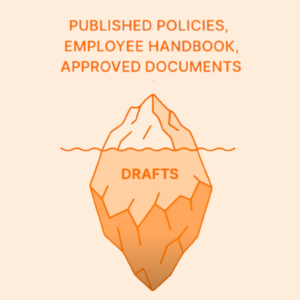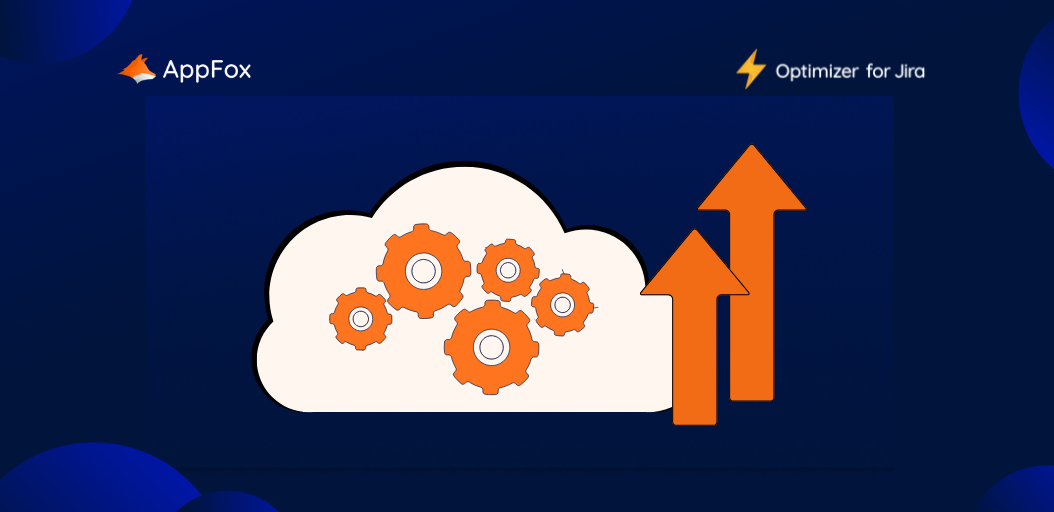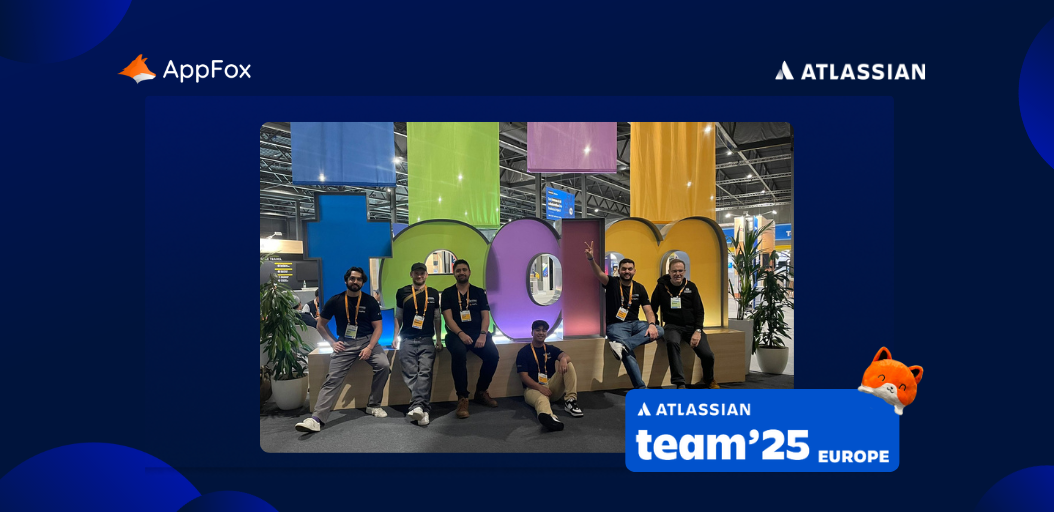Smarter Document Management for HR Teams: 4 Key Takeaways You Need to Know
Recently, we were super excited to share the stage for a webinar with our friends at Communardo, a fellow Atlassian Platinum Marketplace Partner (check it out here). Together, we delivered a session on one of our favorite topics: Smarter document management in Confluence – this time with a focus on helping HR teams.
At the beginning of the session, we asked our audience to vote on their greatest challenges around document management in Confluence.
In joint first-place came ‘Keeping Confluence spaces organised and easy to navigate’ and ‘Confusion around where to find important documents‘, with over two-thirds of the audience selecting these two options.
Turns out that disorganisation and confusion top HR teams’ list of biggest challenges!
Does this resonate with you? You’ll be pleased to know that we have some tips coming up to tackle these core obstacles, and to turn confusion into cohesion.
Let’s jump in!
Setting the scene with AppFox and Communardo
Who are Communardo?
Much like us here at AppFox, Communardo are an Atlassian Platinum Marketplace Partner, and create apps to be used across the Atlassian Cloud Platform (alongside many other platforms), from Analytics for Confluence, to Code Quality for Bitbucket. In our joint HR webinar, Communardo focused on its SubSpace Navigation for Confluence app.
And who are AppFox?
We’re guessing you already have a pretty good idea of who we are (as you’re on our blog!) but just in case you don’t, we are the brains behind apps such as Optimizer for Jira, Compliance for Confluence and Workflows for Confluence (the subject of our webinar).
From behind-the-scenes governance actions, workflows and automations, through to the role that navigation plays in guiding and informing users, we’ll be exploring Confluence best practice for our community of HR users, alongside how our Workflows for Confluence app can support your governance measures, and how Communardo’s SubSpace Navigation for Confluence app is ideal for organising your Confluence nav.
So, let’s take a look at the key takeaways.
Did you know?
According to the IDC, knowledge workers spend 30% of their time looking for the information they need. Imagine what else we could all achieve with this time! If only information could be better managed, structured and organised…
1. We need to be thinking of our document management like an iceberg
Yep, an iceberg. As Yulia Lenina, our Partner Manager here at AppFox, explains:
‘When it comes to HR content management, we can use this metaphor of an iceberg because an iceberg has those two parts: One part is under the water and is where all the work actually is happening. Where we draft the policies documents, employee hands, handbooks, and so on.

And while while we’re doing it, we often don’t actually want others to see it because it’s not yet approved. It’s only once our documents are approved and agreed, that they can be visible to all our teammates, and wider company.
So this tip of an iceberg represents the published policies employee handbook, approved documents.’
The question is, how do you manage both parts of the iceberg at the same time?
2. Make use of separate ‘draft’ spaces
Here at AppFox we live and breathe this kind of stuff – tighter document management and quality controls, approval processes, automated access restrictions… the list goes on. So, over the years, we’ve developed several best practices to manage your iceberg.
The first is to create a separate area for drafts, to keep them distinct from the ready documents.
Normally in Confluence, you can achieve this by allocating different spaces for that, so you’ll have one space specifically and solely for drafts. You can then restrict access to this space to just the team members who work on these draft documents. In the context of the webinar, Yulia used the example of HR colleagues working on a draft policy, which is only shared to a wider audience when it’s published in a different space.
Did you know?
You can automate the cross-space publishing process!
With Workflows for Confluence, you can build approval steps, to ensure your draft content is reviewed and refined by the right people. Once approved, Workflows can automatically publish your document into your designated public space, so it can be viewed by your whole organisation (for example).
With this kind of workflow, you don’t need to worry about manually publishing, or checking in which space a document is. Instead, the automated workflow steps will save you time, and provide a full record of where and when content was published.
 HR use case
HR use case
Let’s say you’re in your HR-only space on Confluence, and have an Electric Vehicle policy document. The document states that 70% car use must be business-related, but your company policy has since changed. Now you need to update the policy.
In Confluence, it’s easy for you to edit the page and update the figure to 60%. But once you click ‘Update’, your changes aren’t automatically reflected in your public space again, and your changes can’t be seen by your wider colleagues.
By setting up a workflow using Workflows for Confluence, any edited documents, including this one, go back to draft. This means edits can be approved before being made public.
Once the edit has been approved by your specified reviewers, the workflow will then republish the updated document – with that 60% edit live this time – in your public space.
This kind of workflow protects your documents from unapproved changes, and ensures your wider company only sees published documents in the public space, once any edits have been approved.
It’s automated, it’s fast, it’s compliant (we’re looking at you, ISO 27001 and ISO 9001) and it gives you peace of mind that your colleague Valerie won’t accidentally increase your organisation’s annual leave allowance policy and publish, before anyone has chance to notice the error! (Although more vacation would always be nice, wouldn’t it, Valerie?)
3. Navigation is more important than you might think
Remember that challenge we discussed right at the top of this piece? That 67% of the audience struggle with keeping Confluence spaces easy to navigate?
The SubSpace Navigation for Confluence app from Communardo has some really neat features to support with this – especially around highlighting only the most important documents, using CQL to tailor centralised menus to the needs of your different departments, and making your navigation bar more visual with brand colours and multiple language options. For example, you can assign different colour nav bars to different colour spaces, ensuring users can instantly tell which space they’re in and which department they’re interacting with.
You can also limit where menus are visible – so users aren’t seeing content areas that aren’t relevant to their teams. So that once your workflow automations have published the changes you made to your master document behind the scenes, the teammates actually navigating your Confluence knowledge hub have the best chance of finding them, with little to no effort required.
Looking for more best practice?
4. Workflows for Confluence and Metadata for Confluence now work together!
Whilst we’ve admired one another’s work for some time, this year marks our first official collaboration with Communardo. Our teams have been hard at work designing an integration between Workflows for Confluence and Communardo’s Metadata for Confluence app, where you can use the latter to add new metadata fields which our Workflows app will then pull out and use as triggers for a review and approval workflow.
Pretty neat, if you ask us! And just another way in which you and your HR team can tailor and optimise the way you keep your policies and documents updated – publicly and in drafts.
Interested in finding out more?
Smarter, faster and better documentation…
…that’s what our team here at AppFox, and our friends at Communardo, are all about!
So, whether you’re looking to automate your review and approval workflows, bring visual clarity to your navigation, or simply get a better handle on user access management and version control, our range of Atlassian Marketplace apps can support you.
To see the true powers of Workflows for Confluence and SubSpace Navigation in action, why not watch the full webinar?
Hosting were AppFox’s own Partner Manager, Yulia Lenina, alongside Communardo’s Yuze Li, Product Marketing Manager, and Claudia Drewniak, Partner Manager.
It was a great session, and included a ton more best practice and guidance for HR teams than we can fit in just one blog post.
Whether you read or watch, we hope you come away with some great new insights. Until next time, AppFox over and out.



